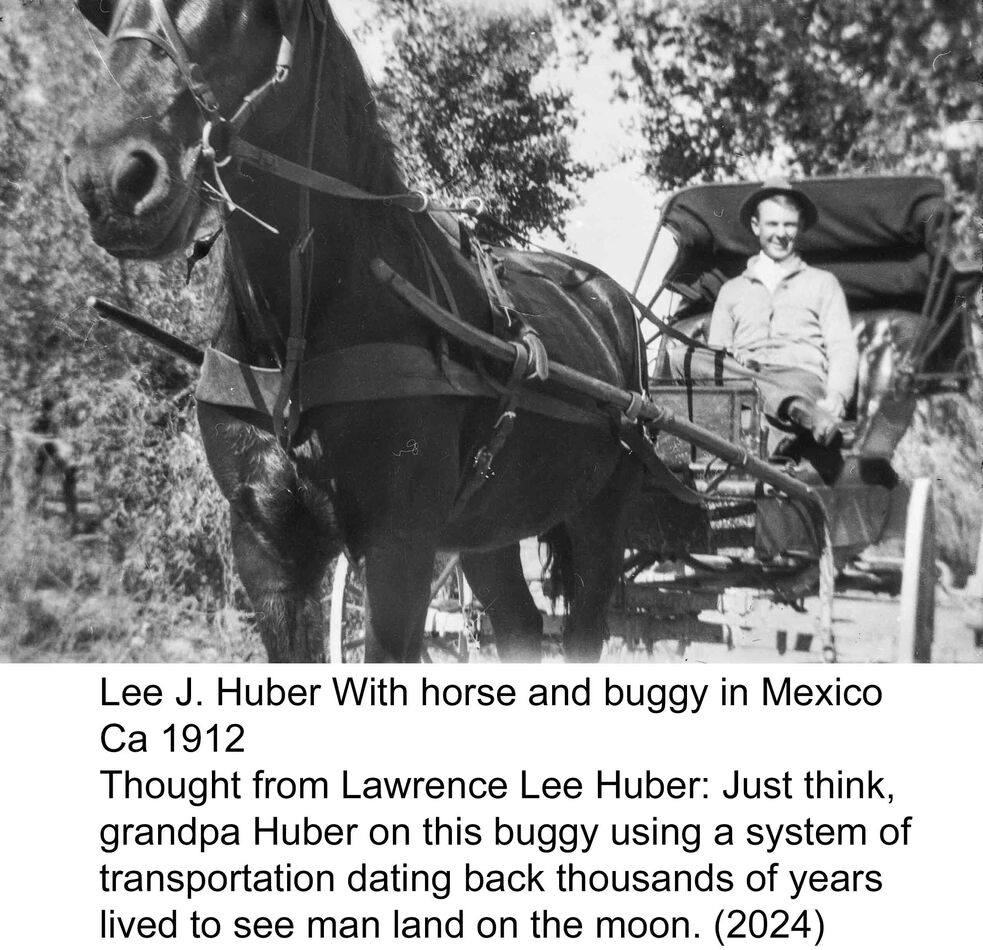Scan Photos or Negatives?
Jan 16, 2024 14:30:46 #
lmTrying
Loc: WV Northern Panhandle
CHG_CANON wrote:
Or edit / touch-up in Lightroom ...
My Epson has a 'frame' for 6x 35mm negatives. I agree with the idea: just bulk scan the negatives six at a time. Worry about culling later against the resulting digital image files. If you have the negatives vs prints, go with the scan of the 'original', the negative. Put the curled negatives in a big heavy book to flatten. Give it a day or so to do that flattening work.
My Epson has a 'frame' for 6x 35mm negatives. I agree with the idea: just bulk scan the negatives six at a time. Worry about culling later against the resulting digital image files. If you have the negatives vs prints, go with the scan of the 'original', the negative. Put the curled negatives in a big heavy book to flatten. Give it a day or so to do that flattening work.
A lot of my negatives are stored rolled in their original 36+ frame format. Some I cut to fit notebook storage sleeves. Some were cut by the developer. But that will be some day in the future. Big books should be no problem to find in my house. Finding the packages of photos and negatives might be another problem.

Jan 16, 2024 14:35:37 #
lmTrying
Loc: WV Northern Panhandle
Tote1940 wrote:
Agree that scanning negs better than prints, specially textured paper.
Consider Vuescan, to my taste better than software that came with all of my scanners flat and film.
Consider saving as TIFF sure larger file but if you want to go back to Photoshop later more information available.
Be carefull with dust removal feature only use on color negs or non Kodachrome, funky effects in Kodachrome or B&W
Good luck and plenty of patience but very rewarding
Consider Vuescan, to my taste better than software that came with all of my scanners flat and film.
Consider saving as TIFF sure larger file but if you want to go back to Photoshop later more information available.
Be carefull with dust removal feature only use on color negs or non Kodachrome, funky effects in Kodachrome or B&W
Good luck and plenty of patience but very rewarding
There are many that I have already saved as TIFF files. It kind of depends on if I think I may want to crop or zoom in on a part of the image. Thanx.
Jan 16, 2024 14:43:19 #
lmTrying
Loc: WV Northern Panhandle
Architect1776 wrote:
Remember the op has over 100 year old negs it appears. Likely they are not 35mm.
Newer ones perhaps but older not likely. Should use film area guide with these negs or if a flat glass panel was provided use that for negs if the guide is too small.
Newer ones perhaps but older not likely. Should use film area guide with these negs or if a flat glass panel was provided use that for negs if the guide is too small.
No, only the photos I have taken in the last 50 years have the negatives. I have found a couple or rolls 35mm that Dad took that would be 60-70 years old. And one large negative taken in the late 40's, or early 50's based on the car in the image. When I seem who was in the image, it was a real hoot to share the PP'ed photo with his daughters.
Jan 16, 2024 15:00:45 #
lmTrying
Loc: WV Northern Panhandle
burkphoto wrote:
If you have 120-size negatives (6x6 cm, 6x4.5cm, 6x7cm, 6x9cm, etc.), then the V-600 does a really nice job with them. Use the negative holders that came with the scanner. If you have 35mm negatives, the scanner may disappoint you.
I suggest you give my white paper a reading. I use my digital camera, a macro lens, a copy stand, a film holder, a video LED light panel, and some special software to do a professional-level camera scan. It's all detailed here:
-
I suggest you give my white paper a reading. I use my digital camera, a macro lens, a copy stand, a film holder, a video LED light panel, and some special software to do a professional-level camera scan. It's all detailed here:
-
OK! WOW!
I loaded up my printer and set it to printin'! Just looking at the photos, you are wasaayyy ahead of me and my technical expertise of photography. But I will read this later today and safely store it in my notebook. There should be a thing or 20 that I can learn from this.
Many thanx.
Jan 16, 2024 15:02:59 #
lmTrying wrote:
Reading through the "Film to Digital Scan&quo... (show quote)
Just for kicks, I pulled a few images from my past that I "camera scanned" from 35mm film. If you have questions about how I did them, the answers are in the white paper posted above. View downloads on a 4K monitor for best effect.
.
Musician John Stanfield (Ilford Pan F negative; image file sized for album cover reproduction at 240 PPI).
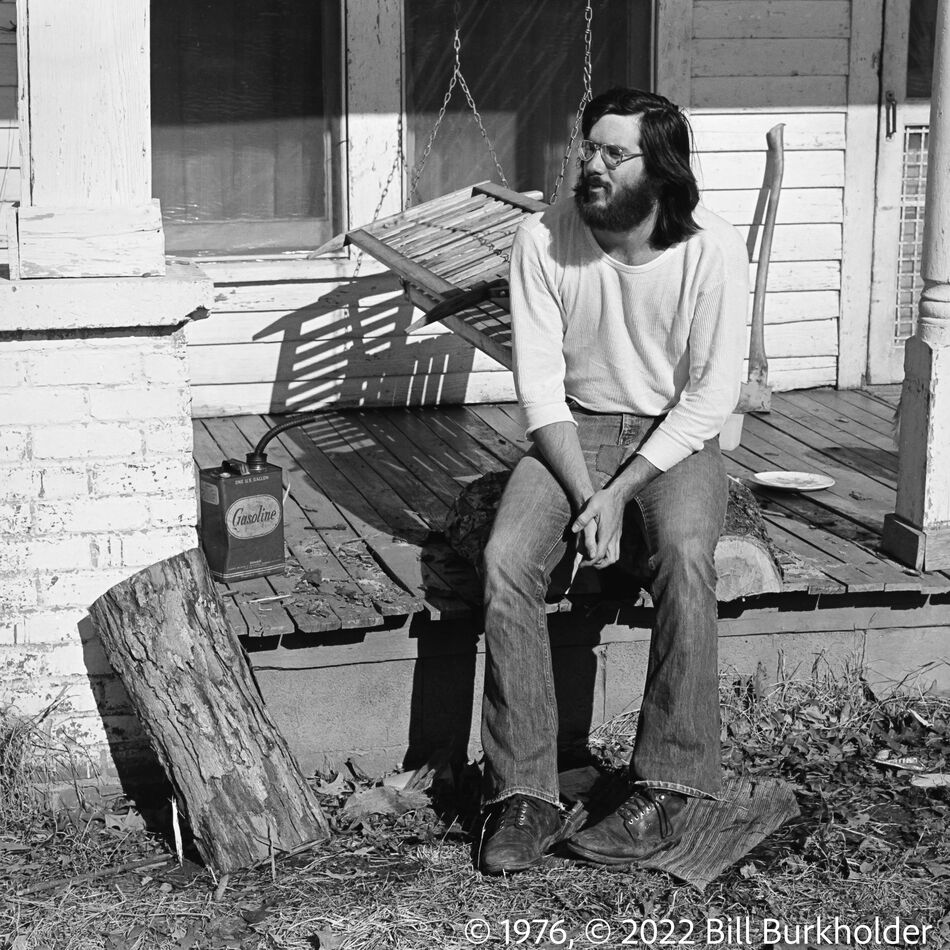
(Download)
Cowpens, SC, July 4, 1976 (Public Bicentennial Celebration — photographed on H&W Control VTE film developed in H&W Control Developer)
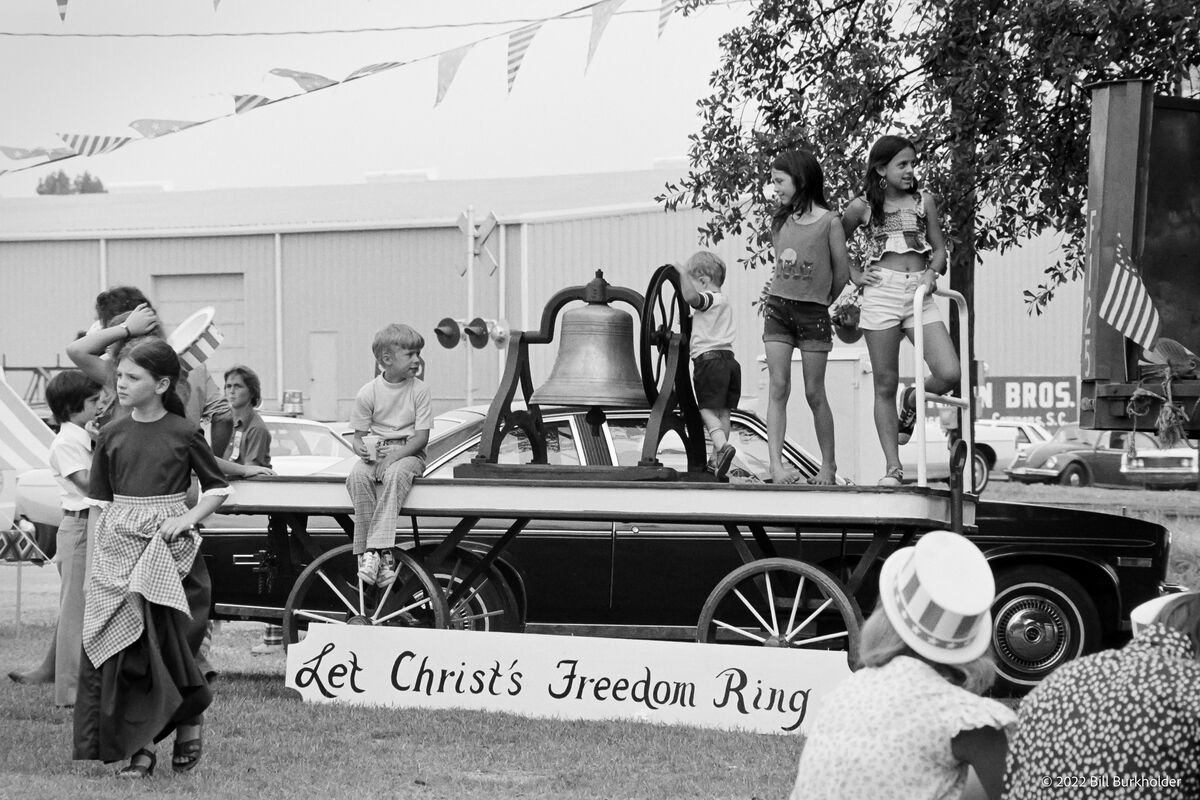
(Download)
Texas, 1978, Flower with Bug (Fujicolor 200 negative)
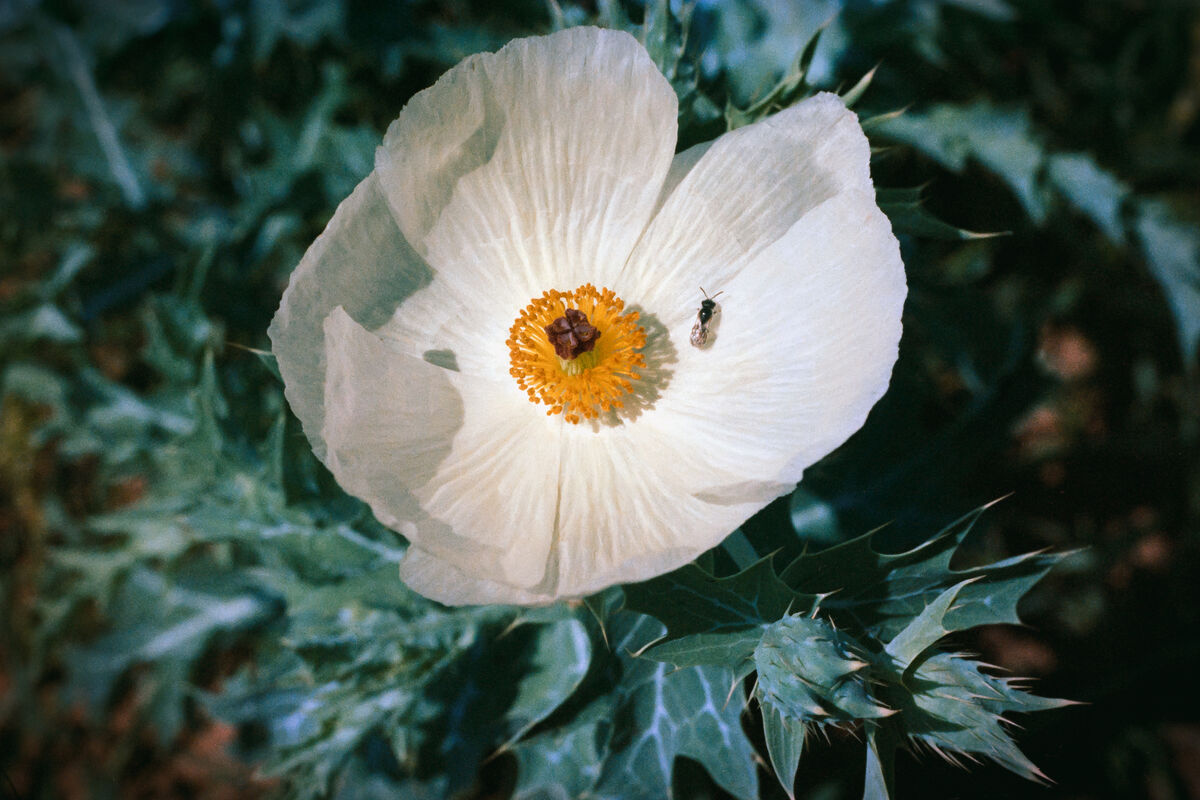
(Download)
Fruit of the Vine, 1976 (Fujifilm Neopan SS)
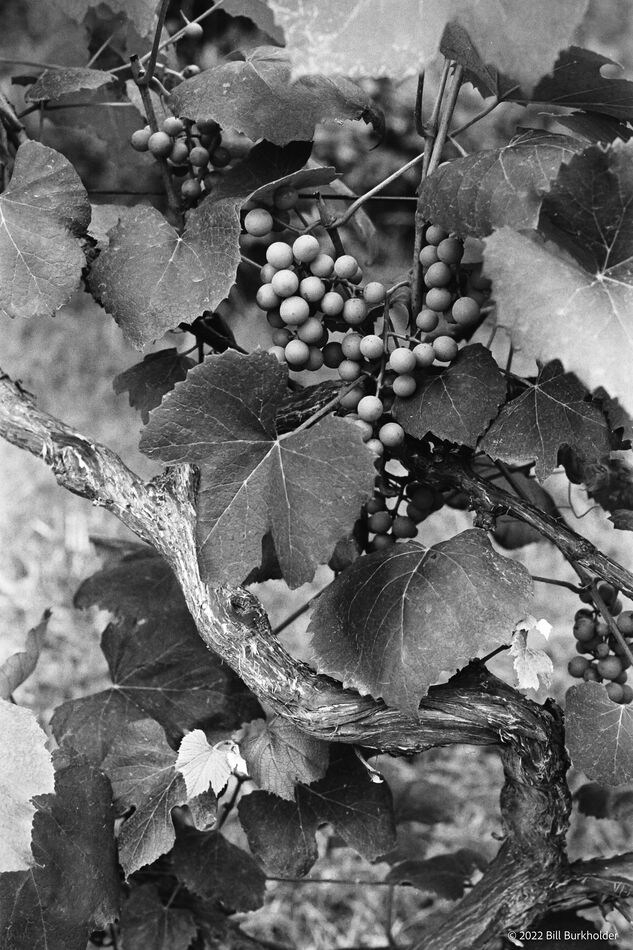
(Download)
EPCOT Spaceship Earth, August, 1983 (Kodachrome 64 Slide)
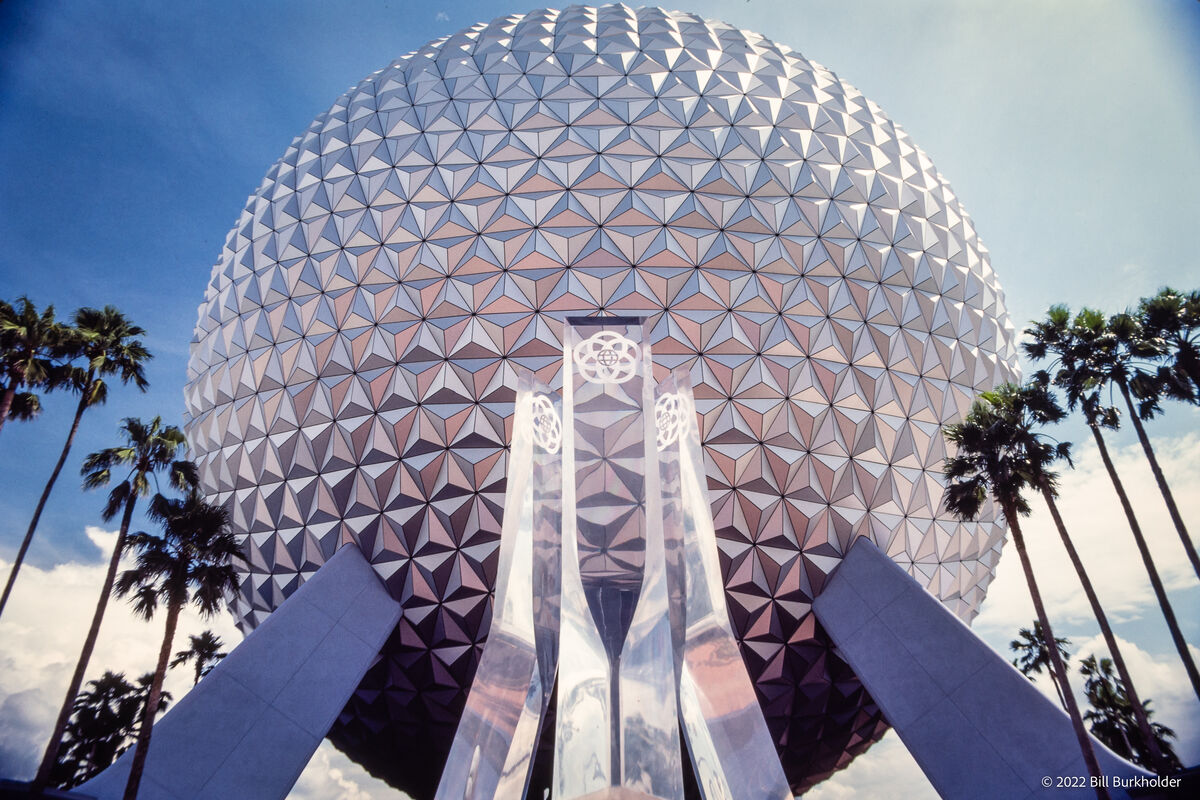
(Download)
Jan 16, 2024 15:05:34 #
lmTrying
Loc: WV Northern Panhandle
burkphoto wrote:
In which case, mounting them on card stock and pho... (show quote)
Aaaahhhh!!!
I think I just got lost in the dust.
Jan 16, 2024 15:08:28 #
lmTrying
Loc: WV Northern Panhandle
Architect1776 wrote:
Just scanning them is a million times easier.
Scan the neg directly to the computer folder.
When done scanning several or whatever open the folder and crop as needed and if desired do a little PS as would be done regardless and wow, done.
So much quicker and easier.
Ps the scanner allows you to crop to just the area you want to and crop 3-4 or whatever number of negs on the bed into separate images and wa la again easily done in no time flat and no cutting or fooling around.
Scan the neg directly to the computer folder.
When done scanning several or whatever open the folder and crop as needed and if desired do a little PS as would be done regardless and wow, done.
So much quicker and easier.
Ps the scanner allows you to crop to just the area you want to and crop 3-4 or whatever number of negs on the bed into separate images and wa la again easily done in no time flat and no cutting or fooling around.


Jan 16, 2024 15:09:45 #
lmTrying
Loc: WV Northern Panhandle
Bill_de wrote:
Since you will be finished soon, can I send you mine? 



---




---




 Me next!
Me next!Jan 16, 2024 15:12:42 #
lmTrying wrote:
OK! WOW!
I loaded up my printer and set it to printin'! Just looking at the photos, you are wasaayyy ahead of me and my technical expertise of photography. But I will read this later today and safely store it in my notebook. There should be a thing or 20 that I can learn from this.
Many thanx.
I loaded up my printer and set it to printin'! Just looking at the photos, you are wasaayyy ahead of me and my technical expertise of photography. But I will read this later today and safely store it in my notebook. There should be a thing or 20 that I can learn from this.
Many thanx.
You're welcome. Check out the images just posted above.
Jan 16, 2024 15:31:52 #
lmTrying
Loc: WV Northern Panhandle
burkphoto wrote:
I find the exact opposite to be true. I can scan a... (show quote)
Ok. I am not doubting you. If you have all the equipment you speak of and know how do use it. If I can no longer buy it, and have to make it, that presents other problems and added time, plus the need for a place to set it all up. This project involving all the negatives will be a year or three down the road after I have finished all the Family photos. I am hoping to add some these family photos to FamilySearch.org as part of my family's history.
I have copied a photo using my camera, a tripod, and my south facing bay window for light. Nothing fancy. But when I presented a friend with a photo that she had lost in a fire, of her daughter, she was quite pleased. Be assured that I will consider everyone's advice. But please do not be offended if I opt for another option.
Jan 16, 2024 15:42:30 #
lmTrying
Loc: WV Northern Panhandle
burkphoto wrote:
One of the challenges with scanners is focus. The ... (show quote)
OK. You just addressed a concern I have wondered about. The old odd sized negative that I scanned directly on the glass turned out sharp. But I have wondered what the thickness of the plastic holder (and the curl in slides and strips) would do to focus. Now to learn about "Newton's Rings".
Jan 16, 2024 15:43:32 #
lmTrying
Loc: WV Northern Panhandle
74images wrote:
Have you looked at the High Speed Negative Scanners, that are Listed at B&H & Amazon?
They Scan Negatives Real Fast, but the Downside, they don't do Slides.
74images
They Scan Negatives Real Fast, but the Downside, they don't do Slides.
74images
I will look into that when the time comes. Thanx.
Jan 16, 2024 15:54:15 #
lmTrying
Loc: WV Northern Panhandle
Ednsb wrote:
boy am I going to be the outlier. I have a v600 an... (show quote)
These old photos from 2 and three generations back are all at exist. It's either deal with what you have or have nothing. On the other hand, the photos I have taken will have some that are not so good. My standard practice is to scan, look at them on the computer, then decide wether or not to keep.
Jan 16, 2024 16:24:45 #
lmTrying wrote:
Sorry for the delay, bad day yesterday. br br My ... (show quote)
I found a bit of experimenting at first let me see what can be done and how to do it easily.
I tried cutting frames for odd negatives but what a pain.
I don't know what holders you got with your scanner and I am guessing that I got quite a bit more it seems.
Prints are very easy, just scan.
Film that is not standard I use a supplied glass frame that is the size of the scanner plate opening. I just lay it on the scanner and put the glass piece over it.
Sorry I can't help more but I do things as simply as possible. Likely not perfect but for 100 year old negatives that are not perfect they come out good enough for me and you can look at my samples I provided.
Here is one again from odd film for reference.
Good luck and make it fun with TV, a coke and a snack. Unless you are going to make money at it life is too short to stress over absolute perfection on old not that well done photos.


Jan 16, 2024 16:25:04 #
lmTrying
Loc: WV Northern Panhandle
burkphoto wrote:
Just for kicks, I pulled a few images from my past that I "camera scanned" from 35mm film. If you have questions about how I did them, the answers are in the white paper posted above. View downloads on a 4K monitor for best effect.
.
.
You are assuming I have a 4K monitor.
No, All I have is the 1080P monitor on my 17" laptop. Oh, I could hook it up to my 60" big screen, but that too is a 1080P. It would be nice to have all your equipment, I do not. And I have no real desire to acquire it. I'm not complaining because I do not nor complaining because you do, I'm just stating facts. Maybe I could come to your house and use yours. LOL No that's not going to happen either. I am not a pixel peeper. While I have no doubt that you have an excellent setup, I am sure that I will find a way suitable to my ways and means.
(I also have Borg implants from my cataract surgeries. My vision is not what it was in 2019. It does not help that the people making eyeglasses seem to think that everyone must wear blended glasses. I did quite fine wearing executive cut tri-focals. I really don't care what people think if they see lines in my lenses. At least I could see them. Ok. Rant over.)
I consider you to be a well educated ad trained professional photographer. And while you are well of my league, I still try to read and learn from your posts. Thanx for everything and what I can learn.
If you want to reply, then register here. Registration is free and your account is created instantly, so you can post right away.


